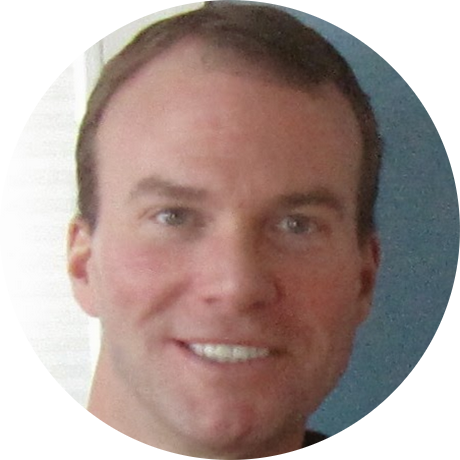Bethesda MD Lawn Care Myths Every Homeowner Should Know
Myth: If I can’t water my lawn, it’s a waste of time to fertilize.
Turfgrass enters a state of dormancy when there isn’t enough rainfall, turning brown but still remaining alive. When rains return, the lawn will emerge from dormancy almost every time. Bethesda MD lawn care experts say a proper fertilizer regime allows the lawn to store nutrients in the root zone which make it easier for the plants to bounce back.
Myth: In order to have a healthy lawn I have to dethatch in the spring.
Thatch is a layer of living and dead plant material including the crown, roots and stems of the turfgrass plant. The brown on the surface at the beginning of the spring will slowly recede into the background all by itself as new leaves emerge. While dethatching is a common and sometimes necessary practice, it should be done only when thatch is excessive.
Myth: It’s always a good idea to remove clippings when I mow.
There is a misconception that grass clippings contribute significantly to thatch. Grass clippings are mostly water and decompose rapidly, returning significant amounts of fertilizer to the lawn. Research shows that up to one-third of applied fertilizer can be recycled by simply returning clippings.
Myth: If I do not fertilize my lawn, it’s better for the environment.
The opposite is true. Proper fertilization practices will create a dense healthy stand of turfgrass which is second only to a forest soil in removing pollutants from the environment before they reach groundwater.
Myth: Mowing shorter means not mowing as often.
Lawns have an optimum height of cut – 2 ½” to 3” is best under most situations. When mowing, follow the 1/3d rule, which means that at any one cutting that you should only remove 1/3d the height of the lawn. For example, if the lawn is 3” tall, you should not cut less than 2” to stay within the 1/3d rule, but you shouldn’t go below 2 ½” anyway. This translates into mowing once per week in most cases.
Myth: More is better.
If one bag of fertilizer is good, then two is better. If running the irrigation system for 10 minutes is good, then 20 minutes is better, and so on. Of course, there are optimums for every input to turfgrass and moderation is the key. Lawns actually thrive when they are a bit “hungry” or a bit “thirsty” – they will strike out looking for additional nutrients and moisture.
Myth: Lawns are not “organic”.
Sometimes lawns are thought of as being carpets of useless space. What they actually are is a highly complex and dynamic organic systems that not only contain turfgrasses, but also earthworms, fungi, soil microbes and other life forms that coexist and make possible the lawns we all enjoy for recreation, sports and aesthetics.
Myth: Sod makes the best lawn.
Sod is a term for transplanted turfgrass. Usually composed of 100% high quality Kentucky Bluegrass, it satisfies the need for immediate ground cover and, let’s face it, it looks fantastic. At first. The downside of sod is that bluegrass does best in 100% full sun, which is very rare in a home lawn setting. Lack of genetic diversity means that diseases that would not be noticeable in a blended lawn are prominent in a sod lawn. Whenever possible, lawns should be started from seed.
Myth: Golf courses cut their grass short so it’s a good idea for me too.
Golf courses use incredibly sophisticated and expensive mowers to achieve a short height of cut. These conditions and practices cannot be replicated on the typical home lawn. Correct mowing height is between 2 ½” to 3” and a frequency of one every seven days on average. What a golf course always does that you can do is to make sure that your mower blade is always very sharp.




















